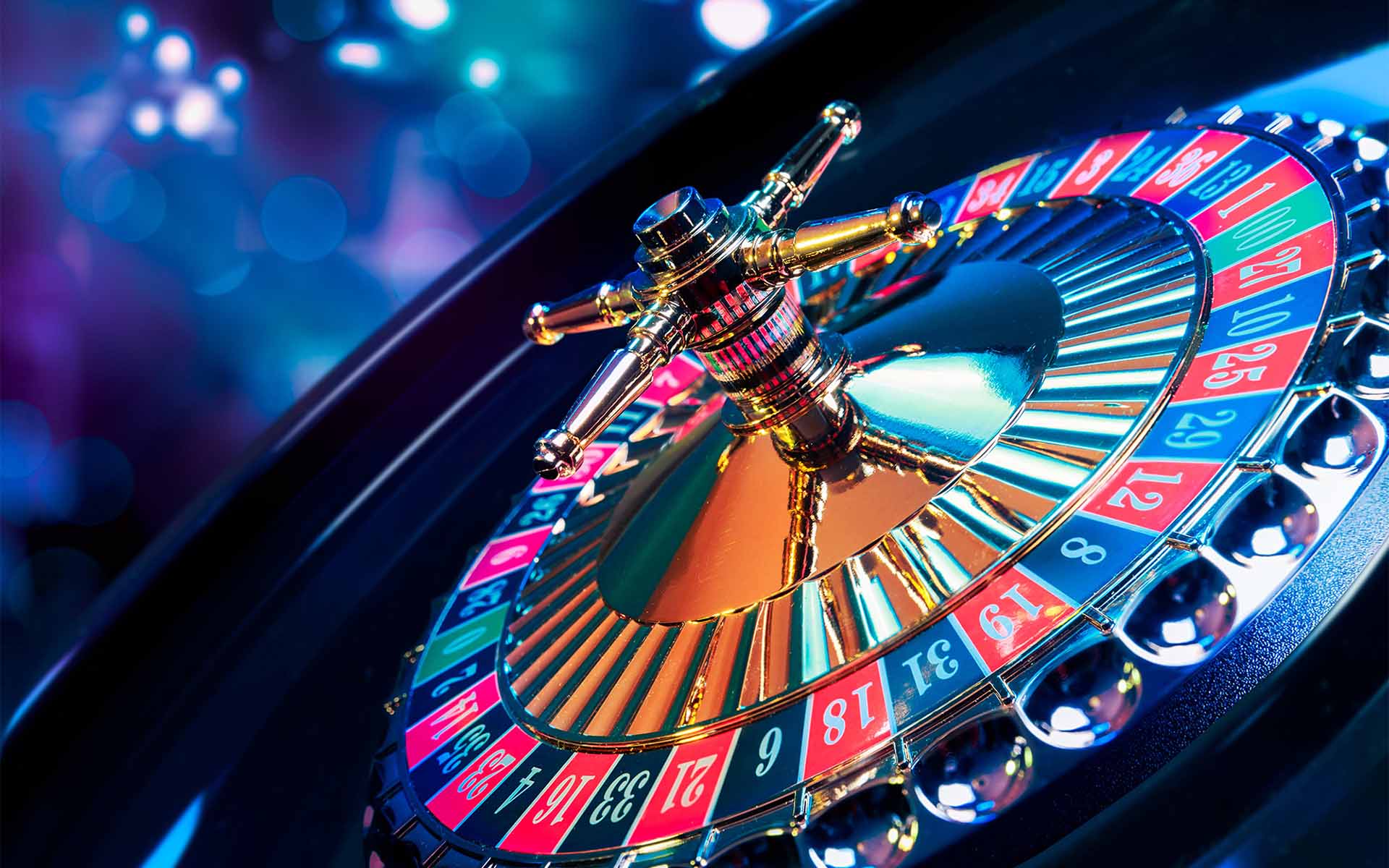Inside Look: The Process of Casino Games Are Made

Behind the glittering illuminations plus the enticing noises of rotating wheels lies an vibrant world in which creativity meets numbers: the making of games of chance. While players flock to gaming establishments seeking thrills plus the possibility of striking it rich big, a vast amount of work takes form behind the scenes to create the games for their enjoyment. From the initial concept to the final product that players engage with, numerous elements come together to ensure an captivating play experience.
Designers, technicians, and game creators collaborate to combine innovative technology with engaging gameplay mechanics. Each aspect, from graphics and sound effects to probabilities plus returns, is carefully designed to draw in players and keep them engaged. Understanding the intricate process of how casino games are made reveals not only the technical expertise involved but also the creative vision that brings these engaging experiences to life.
Game Design Process
The design process begins with idea generation and conceptualization, where creators generate concepts for new casino games. This initial phase typically involves identifying potential audiences and understanding market trends. Designers consider factors like game mechanics, themes, and payout structures to develop an immersive experience. Teamwork between game designers, mathematicians, and artists is crucial to ensure a balanced concept.
Once a concept is chosen, the next stage entails prototyping and testing. Designers build a functional version of the game to assess its playability and mechanics. This facilitates adjustments and refinements based on feedback from testers. Iteration is key, as designers may go through multiple rounds of testing to fine-tune gameplay balance and user experience. This phase is crucial for identifying any potential issues before the game goes into production.
After testing, the game moves into development and production. This includes the technical aspects of coding the game software, integrating graphics, and making sure compliance with gaming regulations. Quality assurance testing ensures that the game functions seamlessly across various platforms and devices. Once everything is polished, the game is prepared for launch, often accompanied by promotional tactics to attract players and generate excitement around the latest casino game.
Technology and Development
The development of gambling games has transformed significantly with developments in tech. Modern game design often includes high-quality graphics, captivating sound effects, and interactive animations that provide a thrilling experience for gamers. Game developers use sophisticated software tools and programming languages to build these interactive gaming experiences. Additionally, the use of RNGs ensures fairness and unpredictability in outcomes, which is essential for maintaining player trust and compliance with gaming regulations.
In the past few years, the growth of online casinos has expanded the boundaries of game development even further. Developers are now able to design games that cater to a worldwide audience, incorporating features such as live dealers and VR environments. This transition has encouraged innovation, leading to unique game mechanics and formats that enhance player engagement. Gaming on mobile devices has also become a major focus, prompting developers to tailor games for smartphones and tablets, ensuring accessibility and convenience for players on the go.
Cooperation among designers, artists, and mathematicians is essential in the development process. Each team brings their knowledge to ensure games are not only visually appealing but also statistically accurate and enjoyable. The integration of player feedback during beta testing allows developers to enhance game features and functionalities, ultimately leading to a positive launch. 789f As technology continues to advance, the potential for new game concepts and experiences is unbounded, promising an thrilling future for casino games.
Evaluating and Quality Assurance
Once a casino game has been designed, it transitions to the critical phase of testing and quality control. This phase ensures that the game operates seamlessly and provides a balanced experience for players. Teams conduct thorough tests, including operational checks to confirm that all game features work as expected. Each aspect, from visuals to sound effects, is assessed to ensure high standards are met.
In addition to operational testing, the game experiences rigorous compliance checks to meet compliance requirements. Different jurisdictions have specific rules governing game fairness and player protection. Quality assurance teams will check that the random number generators are operating correctly and that the game's payout percentages align with industry standards. This thorough examination helps build trust with gamblers and regulators alike.
Finally, pre-launch testing may be conducted with genuine players to collect opinions on user experience. This critical insight allows developers to implement necessary adjustments before the official launch. Tackling any potential issues noted during this phase helps ensure that users will experience a seamless, captivating experience when the game goes live. The commitment to quality reflects the industry's dedication to delivering pleasant and trustworthy casino games.
